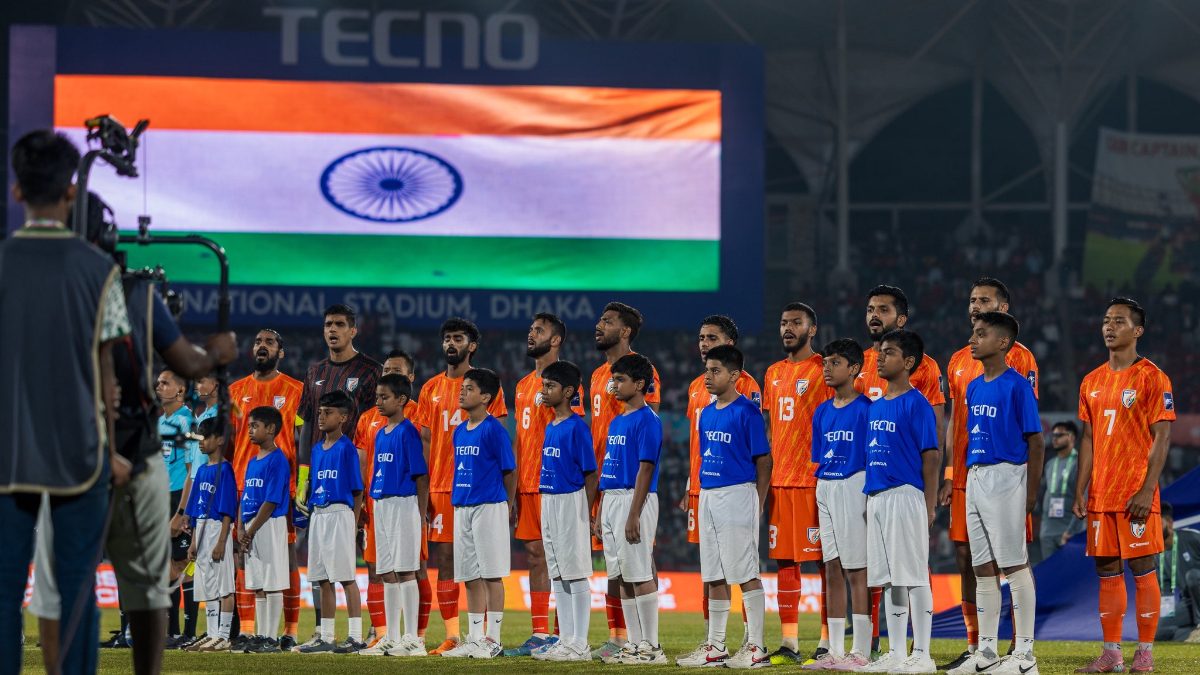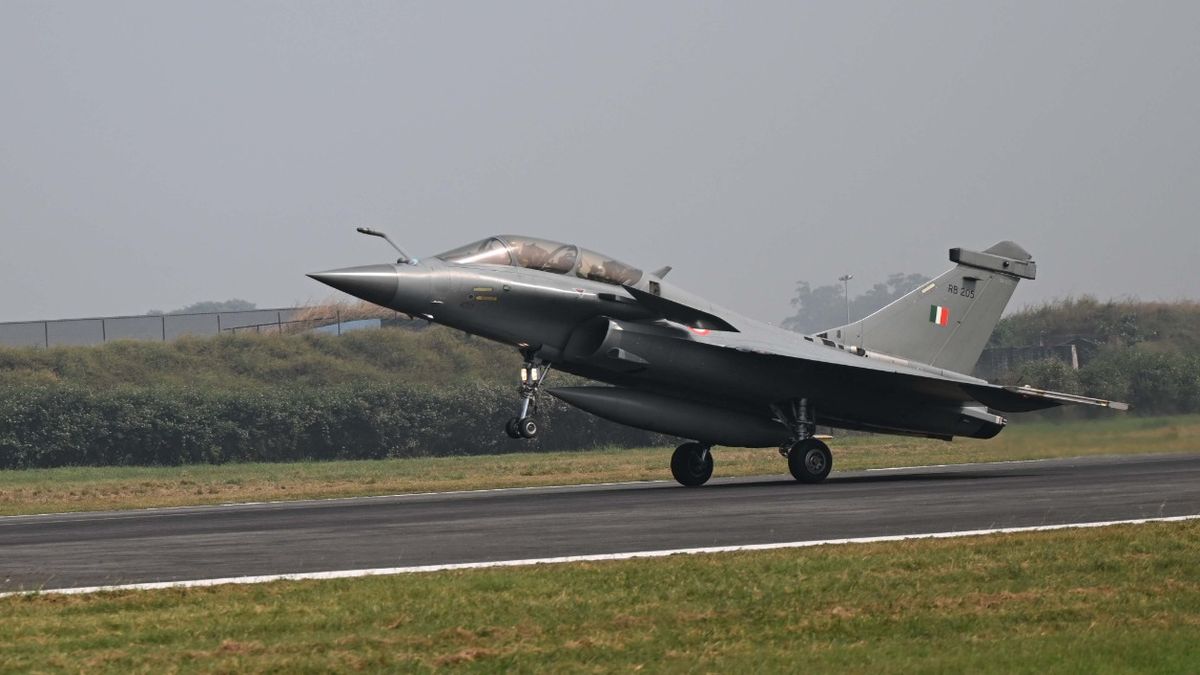Sometimes the story writes itself. On Tuesday, when Curacao, with just 1,56,000 inhabitants, became the least populated country to qualify for the FIFA World Cup, some 18,000 km away, the world’s most populous nation, India, with its 1.4 billion people, was sinking to one of the lowest points in its footballing history.
At Kingston, Jamaica, within the Northern and Western Hemispheres, Curacao, a tiny island, made the impossible possible. Far away in the Indian subcontinent, the region’s biggest powerhouse, India, suffered their first defeat to Bangladesh in 22 years, at a buzzing National Stadium in Dhaka, where the local fans cheered the Bengal Tigers and jeered the hapless Blue Tigers.
For the unversed, this wasn’t even a World Cup qualifier; it was a dead rubber AFC Asian Cup 2027 Final Round Qualifiers. Both India and Bangladesh had been knocked out of the qualifying race in October, leaving just national pride to fight for.
It’s at this point that, as an Indian football fan, putting the next few lines into words becomes painfully difficult.
Dhaka debacle would haunt Indian football for years
In sports, there’s no shame in losing a match. But when you put things into context, the 1-0 defeat for Khalid Jamil’s side has far-reaching consequences and a disconcerting deeper meaning. This wasn’t just a match in which the 183rd-ranked FIFA side upset the 136th-ranked team in the world; it was the continuation of the alarming decline of a team that was ranked inside the top 100 just two years back.
It was the defeat of a side that just last year was one step away from qualifying for the third round of FIFA World Cup qualifiers for the first time. It was the surrender of a team that in 2023 defeated two West Asian sides back-to-back for the first time, while winning a tournament that also included Bangladesh.
Fast forward to 18 November 2025, and most of the Indian men who took the pitch in Bangladesh looked a shadow of their former selves. The strategy was disjointed, the football was uninspiring, the effort half-hearted, and the less said about protecting national pride, the better. After five matches in Group C of the 2027 Asian Cup qualifiers, India remain the only team yet to win a match – a staggering blot on the highest-ranked side in the group.
Football, the world’s most popular and most loved sport, has the unmatched ability to inspire a country, but the Indian national team’s results have been downright depressing. And here’s the worst part: there is nothing left to look forward to in the immediate future for the fans of the men’s team. The FIFA international window for 2025 is done, but league football in India is yet to begin. And we are standing in November 2025.
Who stole my football?
The players won’t return for weekend club fixtures. There will be no Kolkata Derby, no spicy Bengaluru FC vs Kerala Blasters FC match, no games to see Sunil Chhetri possibly play his last club season and worst of all, nothing to keep the national team growing. The All India Football Federation’s inability to extend the Indian Super League (ISL) contract with the Football Sports Development Limited (FSDL) or find new commercial partners for the top division has left the Indian club football calendar with a jarring clean slate.
The only match on the horizon is a meaningless international friendly against Hong Kong in March, offering little more than a diary entry. Yes, FC Goa still have AFC commitments, and there are a few Super Cup games to play, but to take refuge in that would be to miss the forest for the trees.
Every solid national team is built on a robust league structure. Without a league structure, football would collapse and the sport would die a painful death. Its popularity and the passion of fans can only do so much. And this is where accountability must be clearly drawn: the blame lies with the AIFF. The buck stops with them.
The AIFF has consistently failed to:
build a long-term footballing philosophy,
develop a strong youth structure,
arrange proper national camps,
hire and back the best technical resources
create a competitive, predictable domestic calendar.
If you were unaware, now you know. The Dhaka debacle was waiting to happen. Indian football didn’t just touch one of its lowest points at the National Stadium; its decline peaked there. And with no roadmap in sight, the Dhaka fiasco may not be the last, but only the latest.


)
)
)
)
)
)
)
)
)



